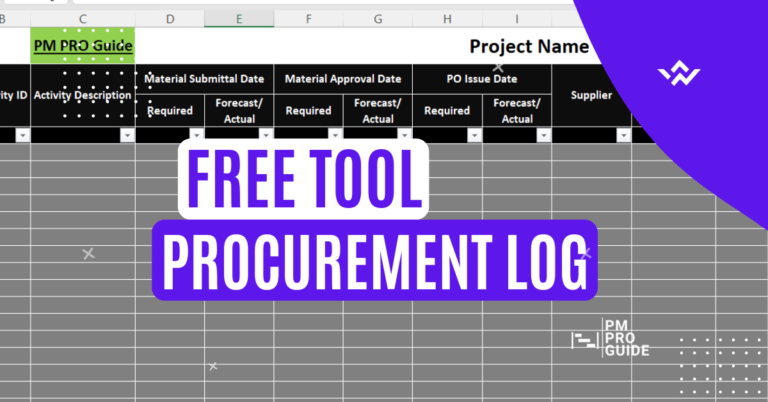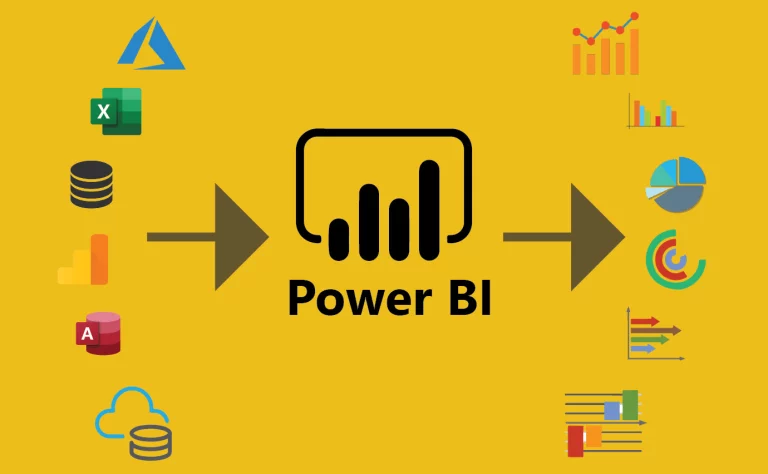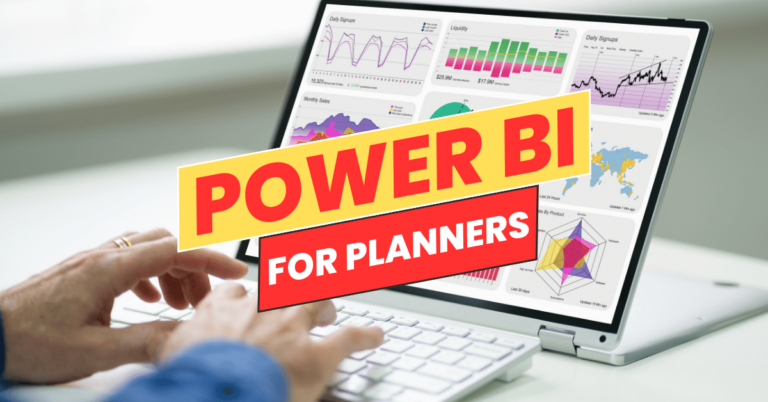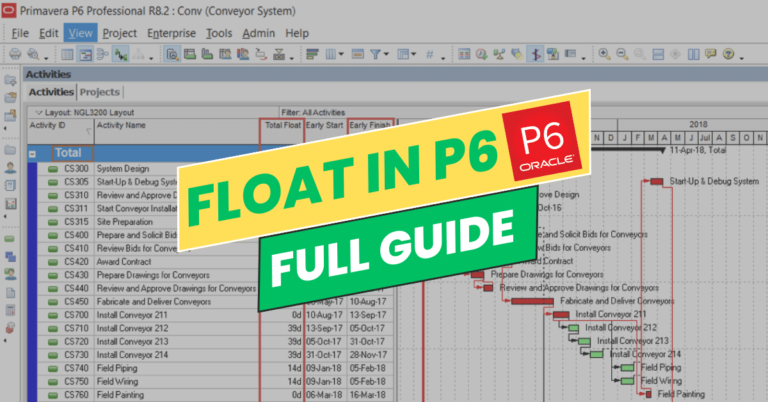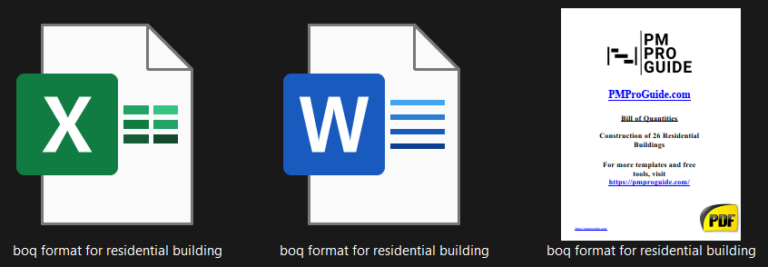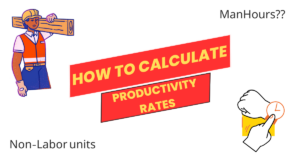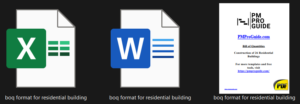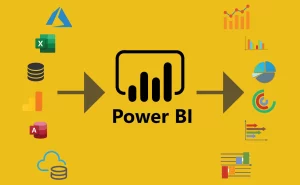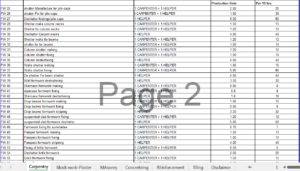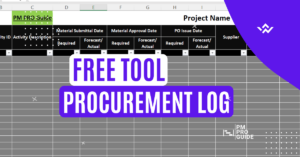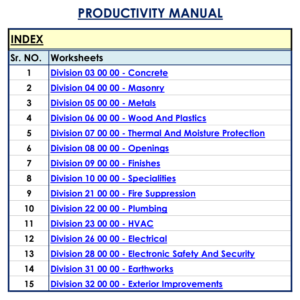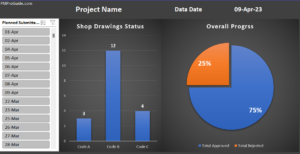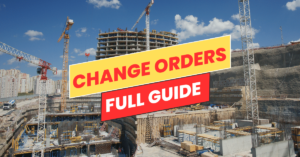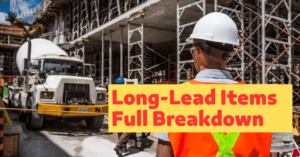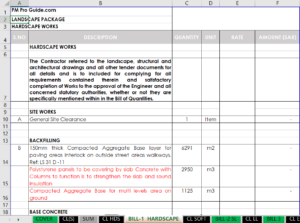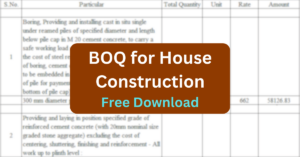If you’re a planning engineer looking for Oil and Gas Planning Engineer Interview Questions, you’ve come to the right place.
Preparing for an oil and gas planning engineer interview? Your success starts from being prepared to answer a wide range of questions that represent your expertise. In this extensive guide, we’ve collected 25 important interview questions and provided detailed answers to help you confidently navigate your interview and shine in the competitive world of oil and gas planning engineering.
Top 25 Oil and Gas Planning Engineer Interview Questions and Answers
Q1: Explain the typical sequence of activities in an oil and gas project.
In the oil and gas industry, projects follow a distinct sequence. It begins with exploration and drilling, followed by reservoir analysis, well construction, production, and finally, decommissioning.
Q2: What is the difference between free float and total float in project scheduling?
Free float refers to the amount of time a task can be delayed without affecting subsequent tasks. Total float encompasses the entire project and represents the time a project can be delayed without affecting the project’s completion date.
Q3: How do you handle variation orders in project planning?
Variation orders involve changes to project scope or specifications. As a planning engineer, I assess the impact of these changes on the project schedule, resources, and costs, and then incorporate them into the plan accordingly.
Q4: Can you explain the concept of the Schedule Performance Index (SPI) in project planning?
The Schedule Performance Index (SPI) measures the efficiency of project time utilization. It’s calculated by dividing the Earned Value (EV) by the Planned Value (PV), indicating whether a project is ahead, behind, or on schedule.
Q5: Explain the concept of claims in the oil and gas industry.
Claims are formal requests for compensation or adjustments due to changes, disruptions, or unexpected events that impact the project’s scope, schedule, or costs. Effective claims management involves thorough documentation and negotiation to achieve fair resolutions.
Q6: Describe your approach to optimizing resource allocation in project planning.
Resource optimization is essential. I analyze resource availability, allocate them to tasks strategically, and monitor their utilization to ensure optimal efficiency and avoid overallocation.
Q7: How do you ensure that your projects follow industry regulations and compliance?
Following regulations is a must. I stay updated with industry standards, integrate safety and environmental protocols, and conduct regular audits to ensure projects meet all required regulations.
Q8: Can you discuss the concept of risk management in project planning?
Risk management involves identifying potential project risks, assessing their impact and likelihood, and developing strategies to mitigate or address them. It’s about proactive planning to minimize the impact of unforeseen events.
Q9: What steps do you take to ensure safety throughout a project’s lifecycle?
Safety is a priority. I enforce strict safety protocols, conduct regular safety training for the team, conduct safety audits, and implement emergency response plans to minimize risks.
Q10: How do you manage conflicts that may arise during project execution?
Open communication is key. I foster a culture of collaboration, encourage dialogue, and mediate conflicts through constructive discussions to reach mutually beneficial solutions.
Q11: Discuss the concept of cash flow forecasting in project planning.
Cash flow forecasting involves predicting and managing the flow of funds throughout a project’s lifecycle. It helps ensure that sufficient funds are available to cover expenses and avoid financial disruptions.
Q12: How do you adapt your planning strategies to accommodate changing project requirements?
Flexibility is crucial. I assess the impact of changes, reallocate resources if needed, adjust the schedule, and communicate changes effectively to all stakeholders to ensure a seamless transition.
Q13: How does the Cost Performance Index (CPI) impact project management?
The Cost Performance Index (CPI) assesses cost efficiency. It’s determined by dividing the EV by the Actual Cost (AC), indicating whether a project is under or over budget.
Q14: Describe your experience with project scheduling software and tools.
I am proficient in using industry-standard software like Primavera P6 and Microsoft Project. These tools aid in creating detailed project schedules, resource allocation, and progress tracking.
Q15: How do you ensure effective communication with cross-functional teams during project execution?
Effective communication is essential. I employ regular meetings, status updates, and clear documentation to ensure everyone is informed and aligned with project goals and progress.
Q16: Discuss the challenges of managing project costs in the oil and gas industry.
Managing costs can be complex. Fluctuating oil prices, unexpected expenses, and resource allocation are challenges I navigate by implementing stringent cost control measures and optimizing resource usage.
Q17: Can you explain the concept of earned value management (EVM) in project planning?
Earned Value Management is a performance measurement technique that assesses a project’s progress by comparing planned and actual work completed, cost incurred, and value earned.
Q18: Discuss the significance of FIDIC contracts in oil and gas project planning.
FIDIC contracts (Fédération Internationale des Ingénieurs-Conseils) are globally recognized standards for construction contracts. They provide a framework for managing risks, responsibilities, and obligations between project stakeholders.
Q19: Discuss your approach to managing project stakeholders.
Managing stakeholders involves understanding their needs and expectations, maintaining open lines of communication, addressing concerns promptly, and ensuring their involvement throughout the project lifecycle.
Q20: Can you provide an example of a project where you successfully navigated unforeseen challenges?
Certainly. In a recent project, unexpected weather conditions disrupted construction. I collaborated with the team to adjust the schedule, reallocate resources, and implement temporary measures to ensure project continuity.
Q21: How do you ensure accurate project documentation and record-keeping?
Accurate documentation is vital for project success. I maintain detailed records of project activities, decisions, and changes, ensuring transparency and facilitating effective communication.
Q22: What is the Critical Path?
The critical path is the longest sequence of dependent tasks that determine the project’s shortest possible duration. It highlights tasks that must be completed on time to prevent project delays.
Q23: How do you handle scope changes in a project?
Scope changes require careful management. I assess the impact on schedule, resources, and costs, consult with stakeholders, and develop a clear plan for integrating changes while minimizing disruptions.
Q24: Describe your experience with project risk assessment and mitigation.
Risk assessment involves identifying potential risks, analyzing their impact, and developing strategies to mitigate them. I proactively assess risks, prioritize them, and implement strategies to reduce their likelihood and impact.
Q25: How do you stay updated with the latest industry trends and technological advancements?
Staying up-to-date is essential. I attend industry conferences, participate in webinars, read industry publications, and engage with professional networks to stay informed about the latest trends and technologies shaping the oil and gas industry.
Bonus Oil and Gas Planning Engineer Interview Questions
Q1: Can you differentiate between project milestones and deliverables?
Project milestones are significant events in a project’s timeline, marking its progress. Deliverables are tangible outputs or results produced at specific project stages, contributing to its completion.
Q2: Explain the concept of work breakdown structure (WBS) in project planning.
A Work Breakdown Structure (WBS) breaks down complex projects into manageable tasks, facilitating organization, resource allocation, and progress tracking.
Q3: How do you use S-curves in project planning and monitoring?
S-curves visually represent project performance over time, comparing planned progress (PV) with actual progress (EV) and cost (AC). They help in tracking and analyzing project deviations, ensuring timely adjustments.
Q4: Can you differentiate between direct costs and indirect costs in project management?
Direct costs are expenses directly attributed to a specific project activity, like materials and labor. Indirect costs, also known as overhead, are expenses not directly tied to a single activity, such as administrative and facility costs.
Q5: Explain the concept of Budget at Completion (BAC) in project planning.
Budget at Completion (BAC) is the total budget allocated for a project, representing the estimated cost of completing all project activities and deliverables.
Conclusion
At the end of this list of questions and answers, we hope you gained more confidence. Stay positive, sleep well, and you will be perfect at the interview. We wish you good luck. If you want to have a look at another set of Planning Engineer Interview Questions, write a comment below and we’ll create part 2 of this guide. Don’t forget to share this on LinkedIn and with your friends.
Download the Oil and Gas Planning Engineer Interview Questions PDF

